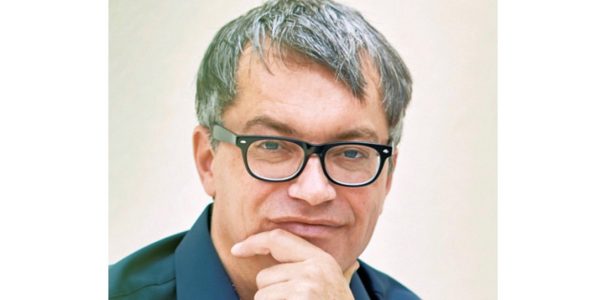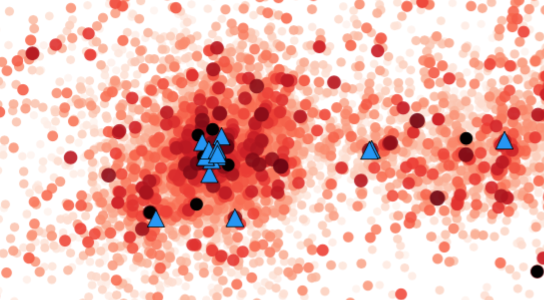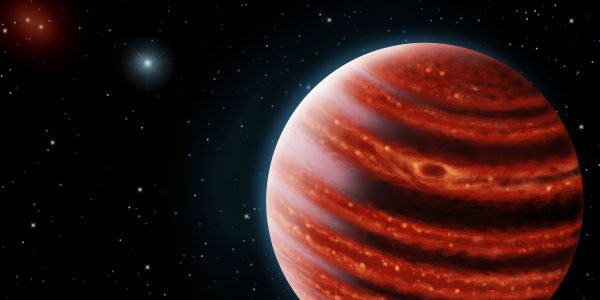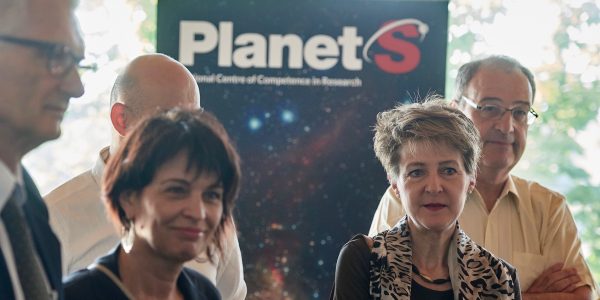News
Alien biochemistry on Titan
Titan is a large moon of Saturn discovered in 1655 by Christiaan Huygens with a two inch telescope. It is a cold world. At its distance from the Sun it receives just one percent of the sunlight that Earth receives and its surface is a chilly minus 180 centigrade! In December 2004 the Cassini-Huygens twin […]
Continue ReadingSupernova ejecta pollute young planetary systems
The early phase of star and planet formation can be very violent. Usually, dozens, hundreds, or even thousands of stars are born closely together in a huge cluster environment. And around each of these stars young planetary systems form from a gas and dust disk — also the Solar System went through this early phase of […]
Continue ReadingPlanetS Board made its choice
Finding as many planets as possible in the close solar neighbourhood and the formation of giant planets at large orbital distances: These are the topics of the two proposals that were selected as new initiatives to be funded by the PlanetS Board. Sascha Quanz and Christophe Lovis are the authors of the first proposal, Christoph […]
Continue ReadingSwiss Federal Council on “School Trip” to the University of Bern
To kick off its annual “school trip” around the country, the Swiss Federal Council paid the Center for Space and Habitability of the University of Bern a visit on July 7th, 2016. The members of government were informed about the important role the university plays in space projects such as ROSINA / Rosetta, ExoMars and […]
Continue ReadingA Successful Open House Day at the Geneva Observatory
The morning rain and afternoon clouds on Saturday 2nd July 2016 did not discourage some 1200 visitors from discovering Astrotech, the new building of the Astronomical Observatory of the University of Geneva, officially opened five days earlier. An important event for PlanetS since it is in this new building that members of the NCCR and […]
Continue ReadingGiving a good talk
By Audra Baleisis In the last issue of the Insider, you had a chance to read a variety of opinions from PlanetS project leaders about what is necessary for a good science talk (for a Journal Club, group seminar, conference, or job talk). With so many different voices, sometimes saying different things, it can be […]
Continue ReadingInsights into current topics in gender research
By Nadine Afram Gender analysis in research and research funding is a hot topic and it is seen, for example, as a priority in Horizon 2020. In the next few issues, I will present some of the current topics that are discussed in gender research. Decision-making positions in science are still male dominated which leads […]
Continue ReadingNew members of PlanetS
Ravit Helled is a new professor at the University of Zurich and is going to replace Prof. Michael Meyer in the academic platform of PlanetS. “I am working with people who are involved in different PlanetS projects, and my main interests are linked to theory of planet formation, evolution, and internal structure,” she explains. Ravit […]
Continue ReadingPostcards and roll-ups
You have soon a presentation, you are invited to a talk or you organize an event? Then the communication and outreach team can offer to support you with outreach material to reinforce your message and to make the NCCR PlanetS further known. On the one hand, two postcards are available. One of them is advertising […]
Continue ReadingRed grass, Einstein and ESPRESSO
Since the launch of the PlanetS Facebook page in April 2016, every week the team of authors has published more than ten new posts. Here is a list of the contributions that reached the most people. The winner with 2418 people reached is a story published on 27 May – Neighbors Day. It shows a picture […]
Continue Reading










